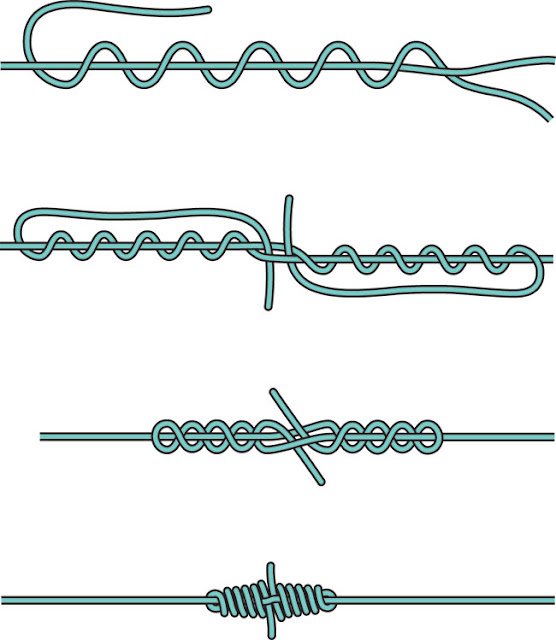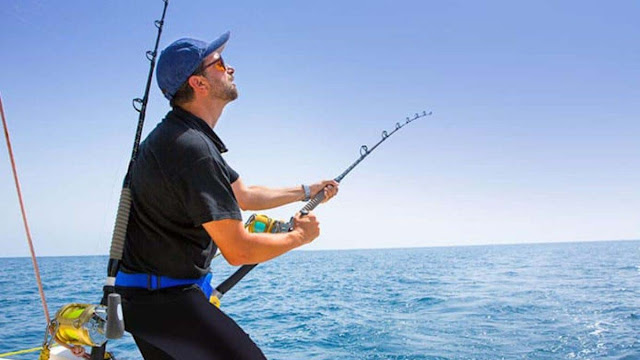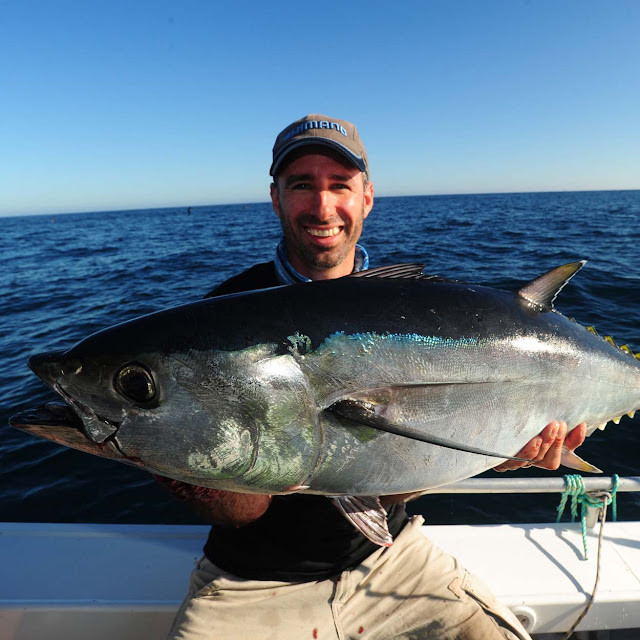How To Choose Fishing Line For Bluefish

In order to catch bluefish , you'll need some good fishing line. But with so many different types and brands of fishing line on the market, it can be tough to know which one to choose. Here are a few tips to help you select the right fishing line for bluefish : 1. Choose a monofilament line. Monofilament line is strong and durable, and it's specifically designed for saltwater fishing. It's also less likely to kink or tangle than other types of fishing line. 2. Look for a line with high tensile strength. The higher the tensile strength of a line, the more weight it can hold. This is important when fishing for bluefish, which can be quite large and heavy. 3. Choose a line with good abrasion resistance. Bluefish can be notorious for biting through fishing line, so it's important to choose a line that can withstand a lot of abuse. Abrasion-resistant lines are made from tougher materials that are less likely to be damaged by teeth or impact. 4. Find a line that works well ...



